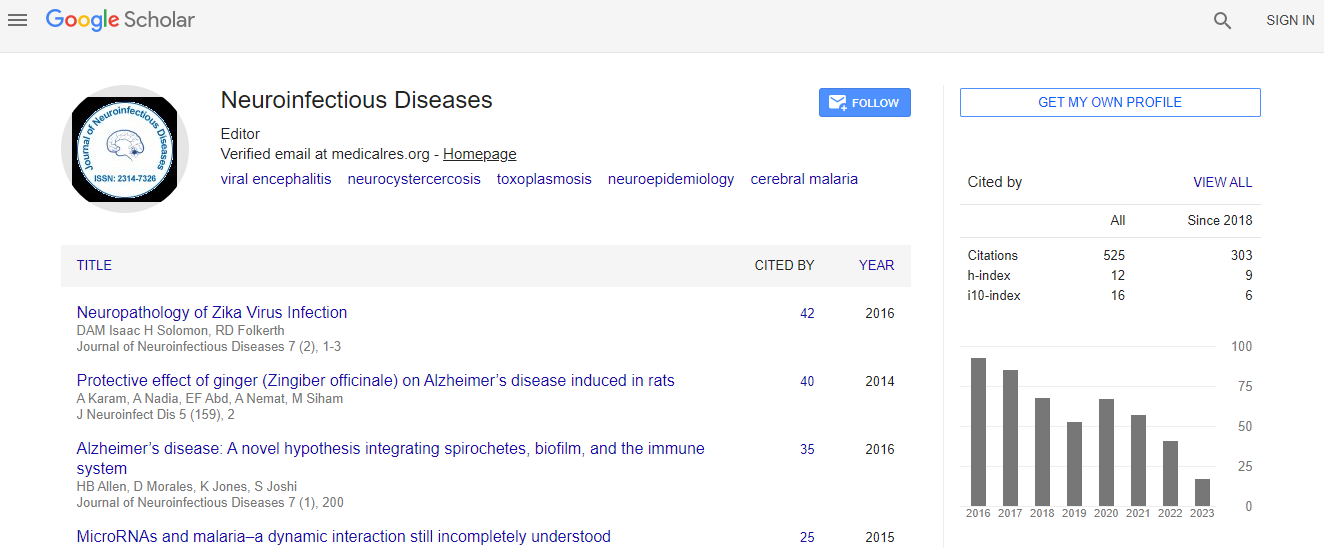Research Article
A Purification Method for Enrichment of the Toxoplasma gondii CystWall
YiWei Zhang1 Sandra K. Halonen2 Yan Fen Ma1 Herbert B. Tanowtiz1,3 and Louis M. Weiss1,3*
1Department of Pathology, Division of Parasitology, Albert Einstein College of Medicine, Bronx, NY 10461, USA
2Department of Microbiology, Montana State University, Bozeman, MT 59717, USA
3Department of Medicine, Division of Infectious Diseases, Albert Einstein College of Medicine, Bronx, NY 10461, USA
- *Corresponding Author:
- Louis M. Weiss
Department of Pathology, Division of Parasitology
Albert Einstein College of Medicine, Bronx, NY 10461, USA
E-mail: louis.weiss@einstein.yu.edu
Received date: 8 October 2010; Accepted date: 4 November 2010
Abstract
The tissue cyst wall of Toxoplasma gondii is a stage-specific structure that is produced by modification of the bradyzoite-containing parasitophorous vacuole. It is a limiting membrane structure and is critically important for cyst survival and transmission of infection. Studies on the structure and function of the cyst wall should provide new therapeutic strategies for the elimination or prevention of latency during T. gondii infection. The membrane proteins of the T. gondii cyst are an important target for studies of the biochemical and immunological function(s) of the cyst. However, the components of the cyst membrane have been poorly characterized due to the difficulty of purification of these membrane proteins. We developed a lectin DBA (Dolichos biflorus) coated magnetic bead isolation method to isolate T. gondii cyst wall proteins. Our data suggests that this method can isolate cyst wall proteins from both in vitro cell culture or in vivo mouse brain derived tissue cysts. Antibodies to these isolated protein preparations were shown to localize to the cyst wall.

 Spanish
Spanish  Chinese
Chinese  Russian
Russian  German
German  French
French  Japanese
Japanese  Portuguese
Portuguese  Hindi
Hindi 
